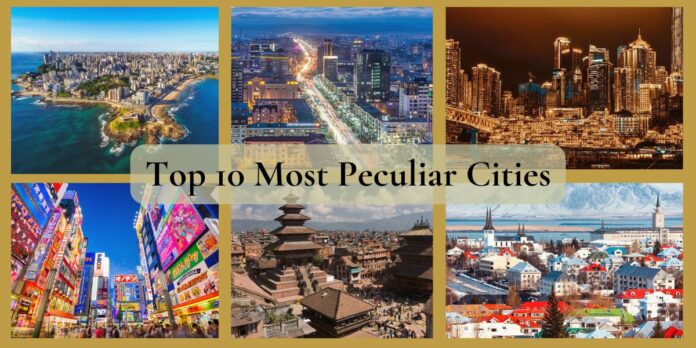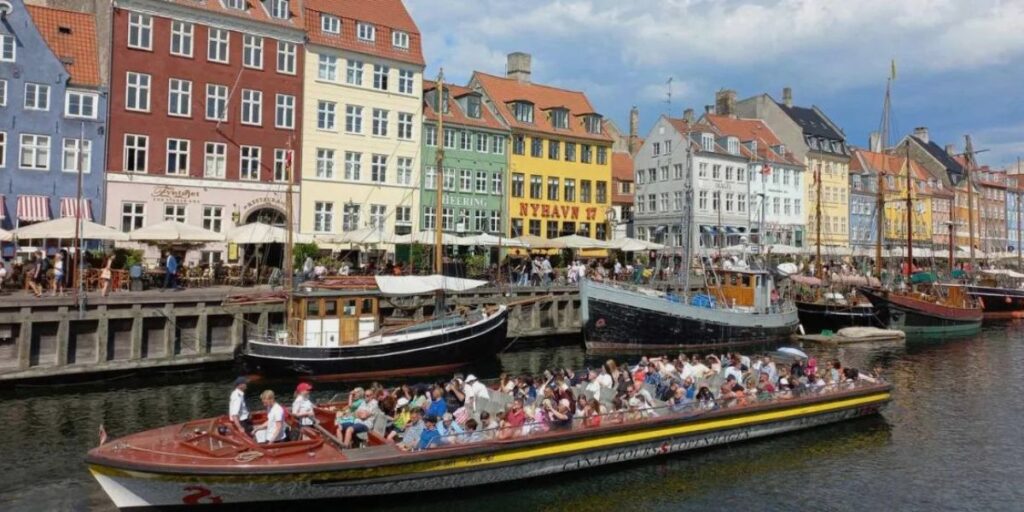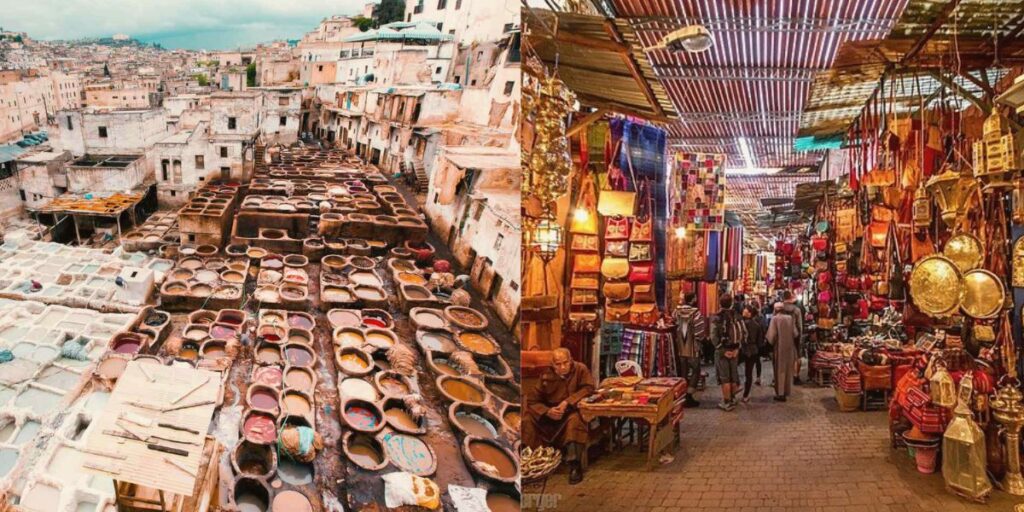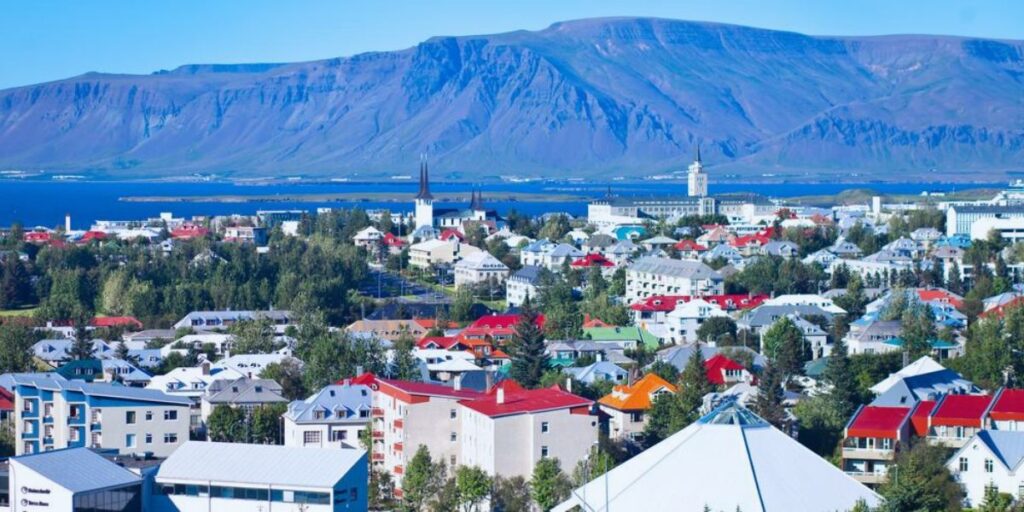Cities are more than just places; they’re reflections of culture, history, and often, the quirks of human nature. While many cities share common traits, some stand out for their unusual characteristics, oddities, or unique ways of life. Here’s a look at ten of the most peculiar cities around the world, each with its distinctive charm and eccentricities.
Tokyo, Japan
Tokyo is a marvel of modernity with its neon lights and bustling streets, but it’s also home to some of the world’s most unusual attractions. From the quirky theme cafes like the Robot Restaurant to the vibrant district of Akihabara, which is a haven for anime and gadget enthusiasts, Tokyo is a city where the bizarre meets the high-tech. The city also boasts the Tsukiji Fish Market, where you can witness the world’s largest seafood auction, and the Ghibli Museum, celebrating the fantastical worlds of Studio Ghibli films.
Copenhagen, Denmark
Copenhagen, the capital of Denmark, might seem like a typical European city at first glance, but it’s renowned for its unique approach to life and design. The city is home to the world’s oldest amusement park, Tivoli Gardens, which has been entertaining visitors since 1843. Copenhagen is also known for its progressive attitude towards urban planning and sustainability, exemplified by the city’s extensive network of bike lanes and the innovative Cactus Towers, a vertical garden in the heart of the city.
Salvador, Brazil
Salvador stands out in Brazil for its rich Afro-Brazilian culture and historical significance. It’s known for its vibrant street festivals, particularly the annual Carnival, which features massive parades and colorful costumes. Salvador’s Pelourinho district, with its well-preserved colonial architecture and cobbled streets, offers a glimpse into the city’s past. Additionally, Salvador’s cuisine, influenced by African, Portuguese, and indigenous traditions, includes unique dishes like acarajé, and deep-fried black-eyed pea cakes filled with shrimp.
Bhaktapur, Nepal
Bhaktapur, one of Nepal’s ancient cities, is a living museum with its well-preserved medieval architecture and rich cultural heritage. The city is renowned for its unique Newari culture, which is reflected in its festivals, traditional crafts, and intricate woodwork. Bhaktapur is famous for its pottery, with streets lined with artisans creating traditional clay pots and figurines. The city’s Durbar Square is home to historic temples and palaces, making it a fascinating destination for those interested in history and culture.
Fes, Morocco
Fes is known for its labyrinthine medina, which is one of the world’s largest car-free urban areas. The city’s ancient streets are a maze of narrow alleys and bustling souks where artisans practice traditional crafts like leather tanning and pottery. Fes is also home to the Al Quaraouiyine University, considered the oldest continuously operating university in the world. The city’s vibrant atmosphere is complemented by its distinctive cuisine and colorful markets.
Ulaanbaatar, Mongolia
Ulaanbaatar, Mongolia’s capital, is a city of contrasts where traditional nomadic culture meets modern urban life. The city is surrounded by vast steppes and features the Gorkhi-Terelj National Park, where you can experience traditional Mongolian yurt camping. Ulaanbaatar is also known for its unique annual Naadam Festival. Which celebrates Mongolian culture with traditional wrestling, horse racing, and archery. The city’s Soviet-era architecture stands in stark contrast to the vibrant cultural scene and modern developments.
Chongqing, China
Chongqing is a city that stands out for its dramatic geography and spicy cuisine. Built on a series of hills and divided by the Yangtze River, Chongqing is renowned for its steep streets and stunning views. The city’s cuisine, particularly its spicy hot pot dishes, is famous throughout China. Chongqing is also home to the Dazu Rock Carvings, a UNESCO World Heritage site featuring intricate Buddhist sculptures carved into cliffs dating back to the Tang Dynasty.
Reykjavik, Iceland
Reykjavik, the capital of Iceland, is known for its small size and striking natural beauty. The city’s geothermal heating system provides hot water to homes and public spaces, making Reykjavik a pioneer in sustainable energy. The city is also famous for its vibrant arts scene, including a thriving music and literary community. Reykjavik is a gateway to Iceland’s natural wonders, including the Blue Lagoon and the Northern Lights, making it a hub for those interested in adventure and nature.
Venice, Italy
Venice is a city unlike any other, built on a network of canals rather than streets. Its unique transportation system relies on boats and gondolas, and the city’s architecture features stunning Gothic and Renaissance buildings that seem to float on water. Venice is also known for its elaborate Carnival, where participants don intricate masks and costumes. The city’s historic charm is complemented by its delicious cuisine, including fresh seafood and traditional Venetian dishes.
Honolulu, Hawaii, USA
Honolulu, the capital of Hawaii, is notable for its blend of Polynesian and American cultures. The city’s iconic landmarks include Waikiki Beach, known for its surfing and vibrant nightlife, and Pearl Harbor, a historic site of World War II significance. Honolulu’s local culture is a melting pot of traditions. Reflected in its unique festivals and cuisine, including dishes like poke and loco moco. The city also offers stunning natural scenery, from volcanic craters to lush rainforests.
Conclusion:
These Most Peculiar Cities each offer something extraordinary. Whether it’s a unique blend of cultures, innovative urban design, or simply an unusual way of life. Visiting these weird cities provides a window into the diverse and fascinating ways people around the world live and thrive.





